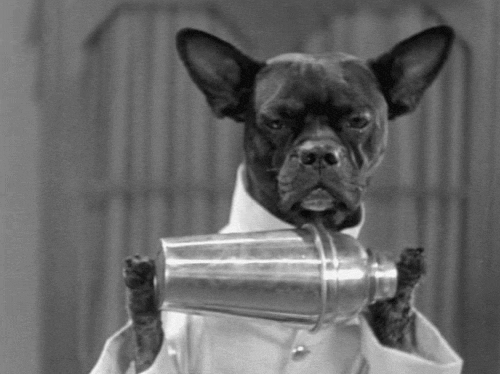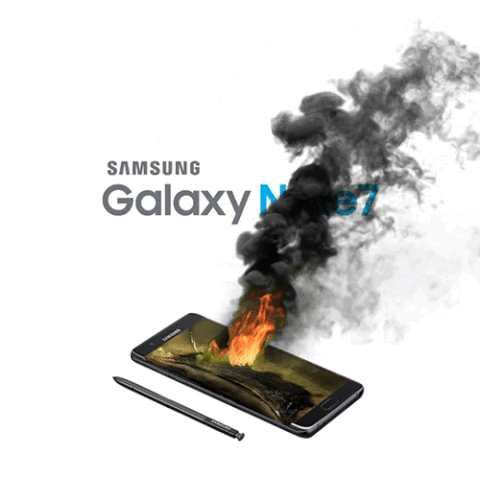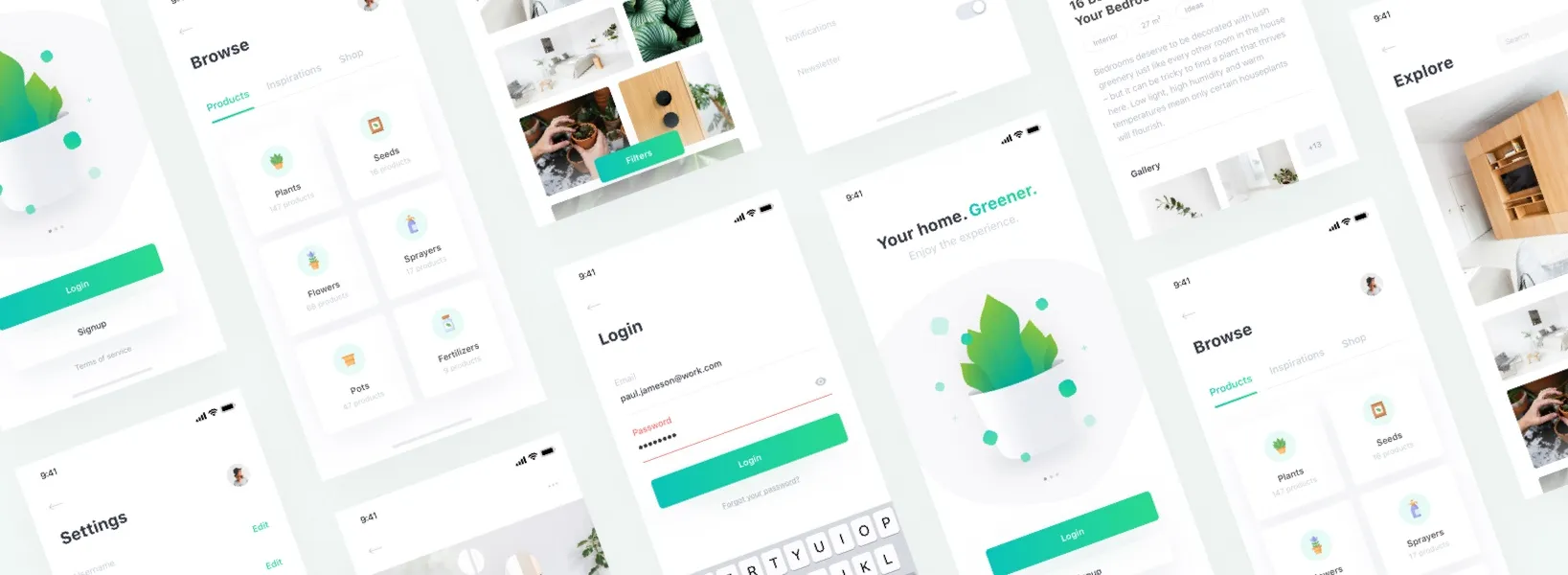The crux of any well-designed app(be it mobile or web), doesn’t only depend on how pleasing it is to the eyes, but also on how well it solves the problems your target users are facing. For instance, think about Uber which started with a pretty simple idea: What if you could get a cab from a tap of a button? With over 5 billion trips and a valuation of about $72 billion , you can say they’ve done a pretty good job at it.
They managed to solve a problem which a vast majority of both the commuters and drivers have been facing with the traditional cab industry. For commuters, it’s the ease of hailing a cab with a tap of a button. For drivers, it’s to easily connect with potential commuters without wasting time in looking for one.
Let’s say that you’ve identified a problem that many of us face and you would like to provide a digital solution for such a problem. Where do you start? What are the steps you would have to take to validate that your proposed solution would actually solve the problem? If you’re building the next UberEats or Swiggy , how can you possibly differentiate yourself from your competitors so that users would come to you instead?
There are a lot more questions to be answered so continue reading to know everything you have to do before you could even drop a single pixel on your empty Sketch art-board.
For the sake of understanding, let’s say you want to design an app where users can get imported (& expensive) alcohol delivered to their door step. Think of it more like Swiggy or UberEats for alcohol.
For simplicity, let’s call our hypothetical app Boozies.

Meet Boozy, the drunk dog.
Now, let’s get started on how you can design a viable solution for Boozies.
Who will use your app?
In other words, who are the target audience for your app? It’s crucial to be specific when defining the target audience as being too broad might skew the focus from the users who would actually use your app.
One way to find out the target audience is through having engaging conversations with friends and family on the problem you’re trying to solve. Instead of talking to them about the solution, it’s wise to pick their brain to see if they face the problem you’re trying to solve, do they have any workarounds for this problem, and finally if that problem is really a problem for them. Often, something that’s a problem for you wouldn’t really be a problem for them.
For instance, the hypothetical target audience for Boozies would be:
- Rich folks who are lazy to go out and buy their liquor.
- Teenagers in a house party who just went dry on their liquor.
- People who enjoy some fine imported spirits and are accustomed to online shopping.
If you notice, this is a hypothetical set of the target audience as this would change when you iterate through multiple MVPs by incorporating the changes you receive from continuous user feedback(when you test the solution with the target audience).
The problem you’re solving
“If I had an hour to solve a problem I’d spend 55 minutes thinking about the problem and 5 minutes thinking about solutions.” - Albert E.
Well, Albert E. said it right when he was alive. It’s extremely crucial to sit and think about the actual problem than the solution itself. Only when the problem is fully understood, we can uncover the nitty gritty details of it which would eventually help us connect to a viable solution for the same.
What is more important is to understand how your target audience prioritises the problem you’re trying to solve. If your target audience were given an option to choose from either food or alcohol, they would choose food over alcohol for obvious reasons. You get the point I’m trying to make here.
If the problem you’re trying to solve isn’t a real pain for them, they would rather go with an existing solution rather than pay the cost of switching to your proposed solution.
In the case of Boozies, it’s a bit of a grey area. From my understanding, there are people who would find Boozies to be a life saver whereas some would use it for the sake of convenience from time to time.
A good comparison would be, say, two people. One has a vehicle to commute to work and the other has no vehicle to do so. In this case, Uber would be a lifesaver for the 2nd person especially if they live far from their workplace. Whereas for the first person, Uber would be a convenient mode of transport during tough times like vehicle breakdown or if it gets stolen by any chance.
What value does it add to the users?
For every app that you use there is an exchange of values. In the case of Uber, the value you gain is a convenient way for you to get a ride and travel. Whereas for Uber and its drivers, it’s the monetary value that you pay them for their service.
Hence, it’s valuable to you as a designer to think about the values that the hypothetical target audience would gain by using your proposed solution. Your proposed solution could have multiple value propositions but it’s wise to have a maximum of 3 value propositions that would be an absolute deal breaker as more than that could be a distraction.
In the case of Boozies, these are the values I see that the users would get:
- A Convenient way to get alcohol delivered to their doorstep.
- Possible discounts or offers on using the app and purchasing from select retailers.
It’s also very crucial to focus on one value proposition and make sure the users can get the most out of it. For instance, the user experience should be spot on from ordering their favorite beverage until they get their hands on it.
Zomato Delivery does a wonderful job at it by keeping the users informed at every stage of the delivery process. So, there is always something which you can learn from your competitors.
What’s in it for you?
As you read in the previous section, the value proposition is a two-way street. You reap what you sow hence it’s crucial to think about what you want to reap from the values you sow for your hypothetical target audience.
For Boozies, here’s a list of values that you would want to gain:
- Monetary returns for sure.
- Publicity. When people talk about Boozies on social media on how it saved their dry party, it would make you feel good.
- The satisfaction of solving a problem that has plagued the target audience for quite some-time.
Acquiring Customers
When you find out the right target audience to capture, solve a problem that they actually have which would eventually add value to them, you have yourself people who would use your app whenever the need arises right? Well, not exactly.
Apart from the quality and attention to design which can be found in Apple products, one crucial reason for their huge success is that their marketing is spot on! From their keynotes to advertisements, Apple has always differentiated themselves from their competitors that they have no other choice but to copy Apply in several aspects.
Except for some competitors, it doesn’t always go as per plan:

In order to acquire customers, developing an acquisition strategy would be of utmost importance as it highlights the methods to drive awareness, interest, desire, and adoption of your proposed solution.
Here are a few questions that you would want to answer to develop your acquisition strategy:
- Do you expect your solution to be SaaS-based or sell it traditionally through a sales team?
- Do you expect your solution to go viral and spread like wildfire amongst your target audience purely by word mouth? → This would be the most cost-effective way to acquire customers.
- Or, leveraging channel partnerships to improve market share would also be a good choice.
This process is iterative in nature requiring validation after each MVP release as with each successful release, there would be a lot to learn from customer feedback which can be used to iterate on the process.
Subscribe to our newsletter
Get the latest updates from our team delivered directly to your inbox.
Related Posts
11 things I learned as Designer in 11 months
The trials and triumphs of a self-taught designer. This might even be your story too - why don't you read and find out.
19 Cool Figma Plugins you need to know
Figma plugins are making our lives as designers easier than ever. Here is a list of 19 cool Figma Plugins you need to know to get design superpowers.
22 design quotes from experts you need to read when you're feeling stuck
Does this question "How can I make this design great" keep you up at night? Looks like it's time for some motivation. Here is a curated list of quotes from great design experts who wanted to share their wisdom with their designer friends. 22 thought-provoking ideas you don't wanna miss.
